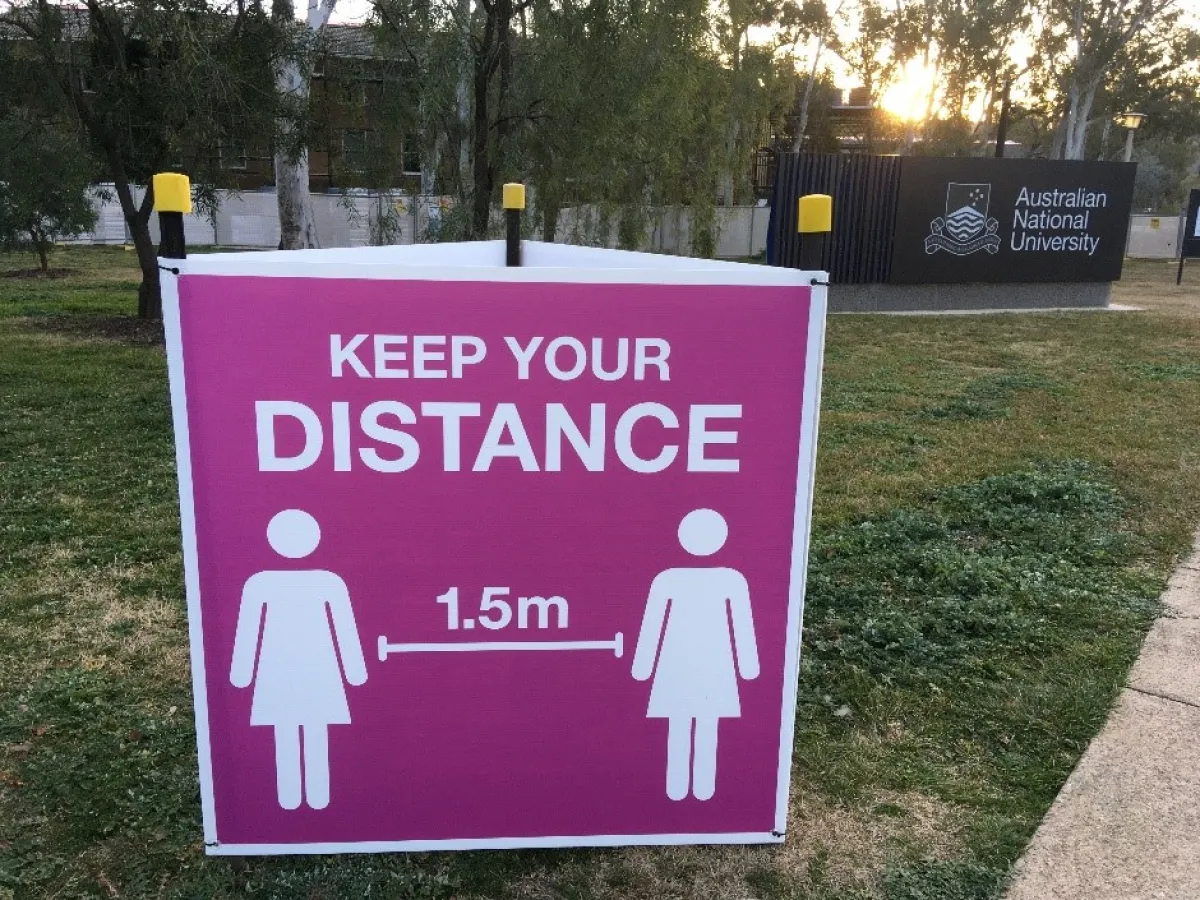Environmental Transmission of COVID-19 and Preventive Public Health
A better understanding of potential transmission routes and interactions with other exposures, such as air pollution, can improve the long-term management of the COVID-19 pandemic.
Project status
Content navigation
About

Most respiratory infections are transmitted via direct inhalation of respiratory droplets or contact with contaminated surfaces. Human coronaviruses show environmental resistance that makes transmission via air, water, waste and food plausible.
Clusters of infection often lead to speculation about possible environmental transmission pathways, including contaminated air, sewage and surfaces. The main transmission route of COVID-19 is thought to be via the spread of respiratory droplets from coughs and sneezes, and direct contact with virus-laden surfaces. However, emerging evidence suggests that airborne transmission via the spread of smaller particles (called “aerosols”) from exhaled air is also possible especially indoors.
A better understanding of potential transmission routes and interactions with other exposures, such as air pollution, can improve the long-term management of the COVID-19 pandemic. Importantly, it can enable front-line health care workers, public health units, business managers and individuals to protect themselves and others through proportional preventive measures (e.g. social distancing, facemasks, air filtration, and environmental decontamination).
This project aims to review to investigate how COVID-19 and other infectious diseases are transmitted in indoor and outdoor environments, and what the potential mechanisms, carriers and range of their transmission are.
Reference
Vardoulakis S., Sheel M., Lal A., Gray D., 2020. COVID-19: Environmental Transmission and Preventive Public Health Measures. Australian and New Zealand Journal of Public Health. DOI: 10.1111/1753-6405.13033
Partnerships
- International Network on Public Health & Environment Tracking (INPHET)
- Dyson Technology Ltd.
Members
Researcher
Other members
- Professor Sotiris Vardoulakis (Principal Investigator)

